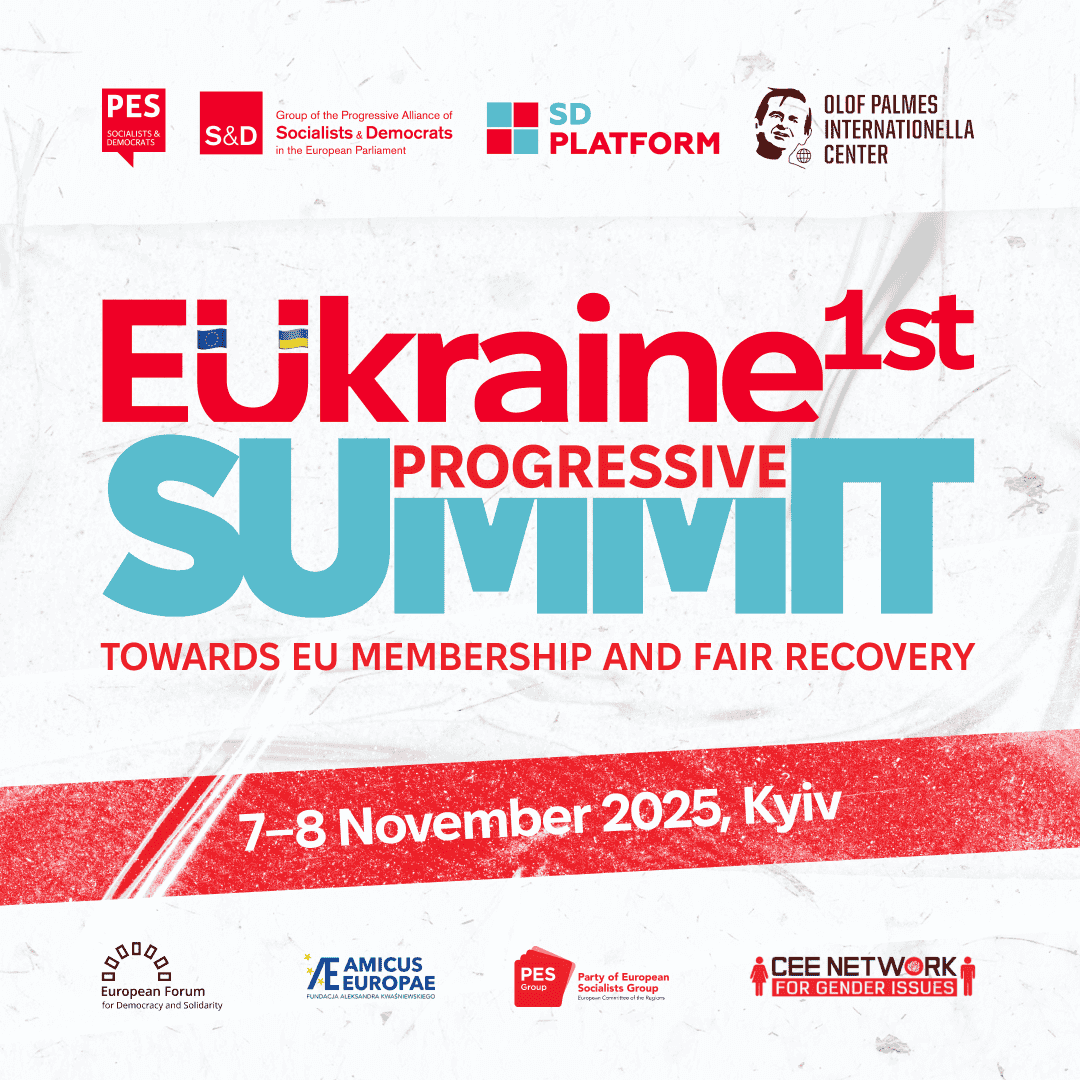Last week, the United States, France and Germany urged residents in Ethiopia to leave as soon as possible while commercial flights are still going. The Dutch outgoing cabinet also urged Dutch nationals in Ethiopia to leave the country. It is yet another escalation in a conflict that seems to have only losers, but whose end is far from in sight. What happened in Ethiopia, where optimism about the future was still high in 2019 when Prime Minister Abiy Ahmed Ali received the Nobel Peace Prize for his efforts to make peace with neighbouring Eritrea?
To answer this, we have to go back to 1991. Before 1991, several attempts were made by the Ethiopian state to create a united Ethiopia, with a common language and culture. This was against the grain of many ethnic groups; they did not feel heard by this, and revolted. The main grouping in this was the Tigray People's Liberation Front (TPLF), a military group from the northern region of Tigray, where more than 4 million people live. In 1991, they organised an offensive against those then in power, and won: From 1991 to 2018, the TPLF was in power. They turned Ethiopia into a federal state divided along ethnic lines, so that each ethnic region had the right to self-government to some extent. Eventually, even this form of governance, in which the TPLF ruled with a heavy hand, proved unsustainable: In 2018, the TPLF was sidelined by several other groups and Abiy Ahmed Ali became prime minister. Abiy seemed to bring the turnaround: He released political prisoners, relaxed hitherto media restrictions and normalised contact with Eritrea; in 2019, he will receive the Nobel Peace Prize for ending this 20-year war.
Beginning of the war
Unfortunately, the word peace proved to be a fragile concept in Ethiopia. Last year, Prime Minister Abiy decided to postpone parliamentary elections, citing coronavirus problems as the reason. The TPLF did not go along with this, however, and organised elections anyway, after which the federal state turned off the money tap to Tigray. In response, the TPLF attacked a federal military base in Tigray, allegedly in self-defence, because they feared an attack. This was the beginning of a civil war that has now lasted for more than a year.
Ethiopian troops had hoped to quickly end the rebellion in Tigray, but underestimated the resistance, which dashed hopes of a quick return to order. To face the TPLF rebels, rebels from Amhara, a region south of Tigray, were also asked to join the fight, as well as the Eritrean army. Ethiopian troops managed to gain control of Mekelle, the regional capital, but the rebels fled into the mountains, resulting in a guerrilla war. Here they were able to regroup themselves, and by June this year the rebels had regained control in Tigray. In fact, their rise is now so rapid that taking over Addis Ababa is a very real scenario.
Human rights violations on all sides
It is very difficult to get reliable information from Tigray because the Ethiopian army has had the entire region locked down from the start of the war last year. Humanitarian workers and journalists were hardly allowed access, and information channels such as telephone lines and the internet were shut down. Yet one thing seems clear: The biggest victim in this conflict is the people of Tigray. Both the Ethiopian army, the Eritrean army and the TPLF rebels are being accused of large-scale human rights violations, and there is a prevailing famine in large parts of the region. For these people, a quick end to the war is the only hope. According to the UN, negotiations are the only solution to end this conflict, but none of the parties seem willing to do so. All the hopes of 2019 have been replaced by despair and a sense of hopelessness.




